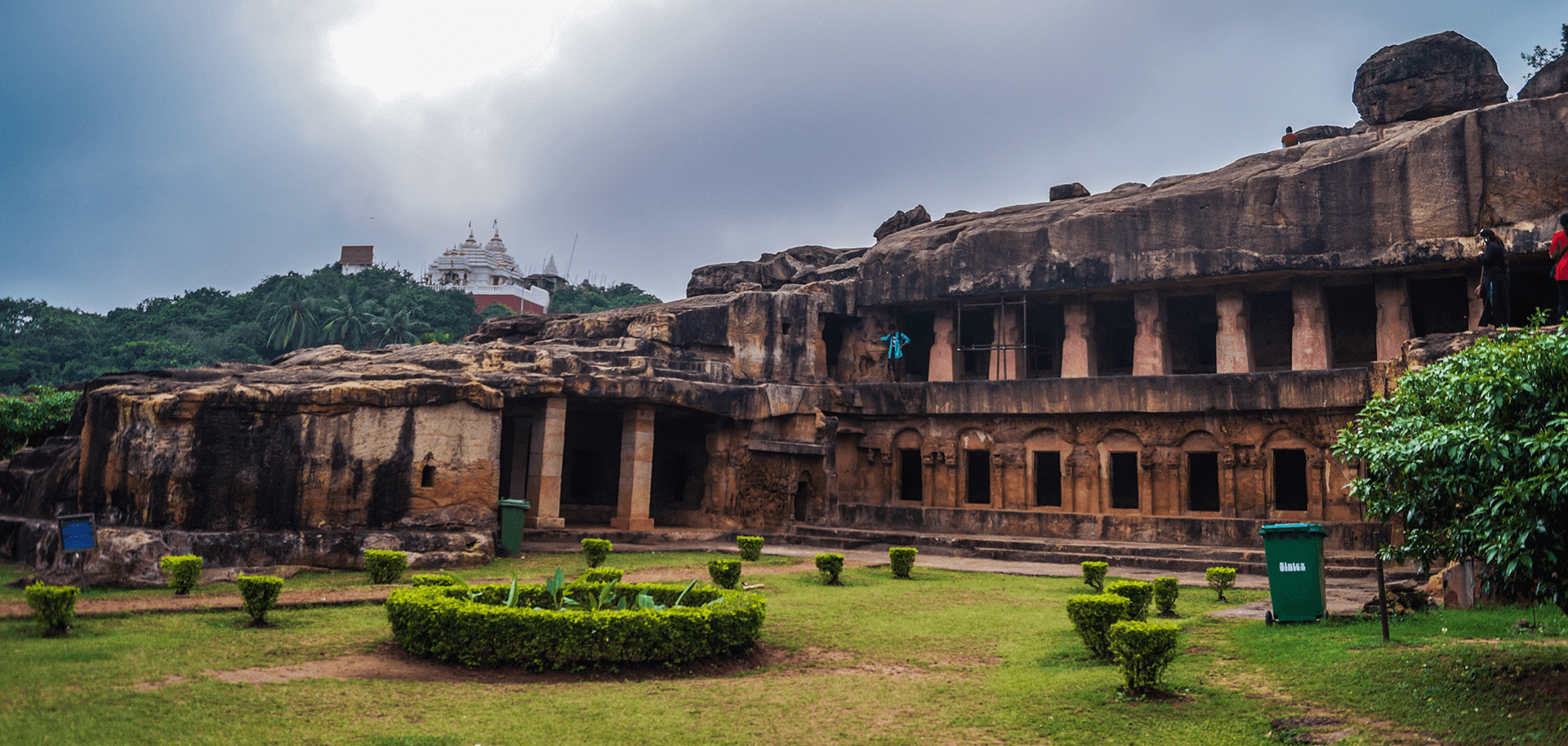
Shunga Dynasty
(184 BC – 73 BC)
Indian ruling house founded by Pushyamitra about 184 BC, which replaced the Mauryan dynasty.
1.Pushyamitra assassinated Brihadratha, the last Mauryan ruler, at a military parade and assumed royal power.
Pushyamitra was a Brahman, and, though he is said to have persecuted Buddhists, Buddhism still flourished in many areas under his control.
2.Pushyamitra Shunga ruled from Vidisha (MP). He defeated the Bactrian king, Dematrius and conducted two Asvamedha Yajnas (Chief priest-Patanjali). He is considered to be the prosecutor of Buddhism.
However, The Buddhist Stupa at Bharhut was renovated during his reign.
3.The Greek Ambassador Heliodorus visited the court of fifth Shunga king Bhagabhadra and set-up a pillar in honour of Lord Vasudeva near Vidisha (Madhya Pradesh)
Shunga king Agnimitra was the hero of Kalidasa’s Malavikagnimitram.
The Shungas marked the revival of Hindu culture, Sanskrit language and Bhagavatism.
4.The great Sanskrit Grammarian, Patanjali was patronised by them.
The famous book on Hindu Law Manusmriti was compiled during this period.
Later Kings Vasumitra, Vajramitra, Bhagabhadra, Devabhuti. All of them were Brahmanas.
Shunga Art Bharhut Stupa, gateway railing surrounding the Sacnchi Stupa built by Ashoka, Vihara, Chaitya and Stupa of Bhaja (Poona), Nasika Chaitya, Amarvati Stupa etc.
The Satavahana Dynasty
(60 BC – 225 AD)
1.The Satavahanas are considered to be identical with the Andhra, who are mentioned in the Puranas.
The earliest inscriptions of the Satavahanas belong to the first century BC, when they defeated the Knaves and established their powers in parts of central India.
They were successors of Mauryans in the Deccan and Central India.
2.The founder of this empire was Simuka, after the assassination of the last Kanava King Susarman.
3.Gautamiputra Satakarni (AD 106-130) was the greatest ruler of this dynasty.
Assumed the title of raja-raja and maharaja.
His capital was at Paithan or Pratisthan on the banks of the river. Godavari in Aurangabad district.
4. Vasishthiputra Sri Satkarni, the 24th ruler, married the daughter of Saka Satrap Rudradaman, but was twice defeated by him.
Yajna Sri Satakarni (AD 165-194), the later king of Satavahanas, recovered North Konkan and Malwas from Shaka rulers. His coins featured a ‘ship with double mast’.
5.Pulamayi III was the last Satavahana ruler in 200 AD.
